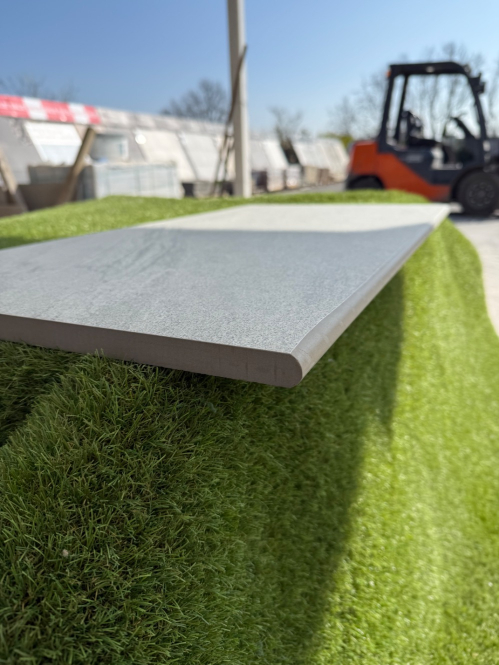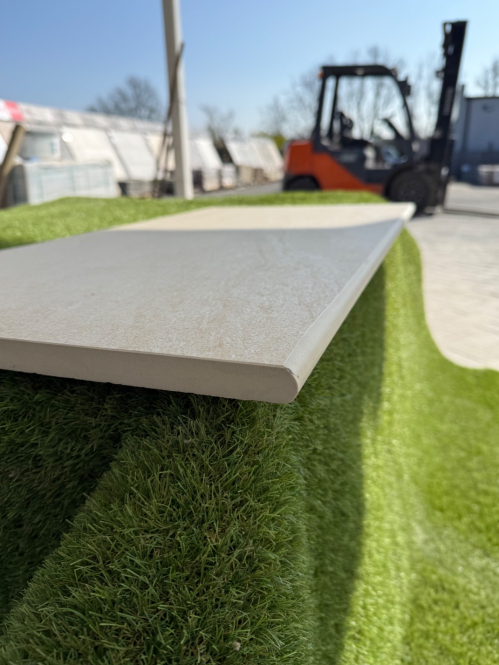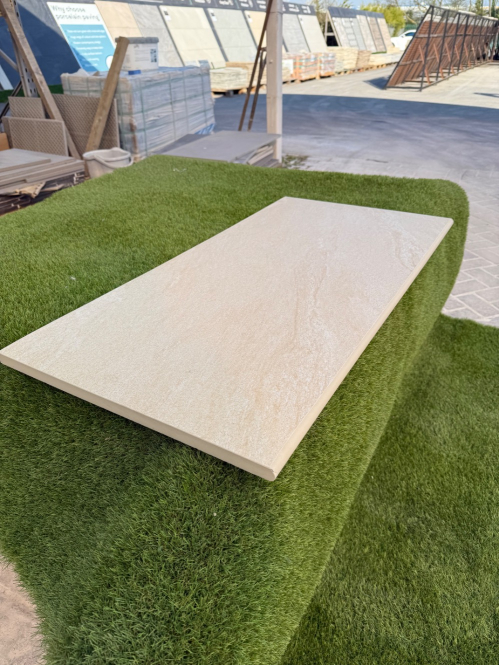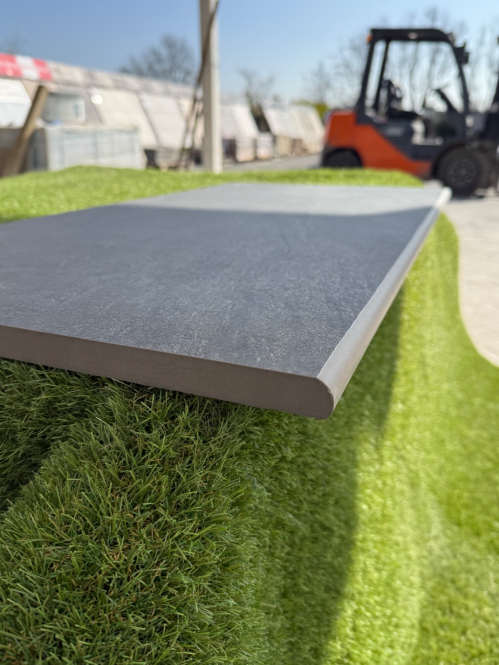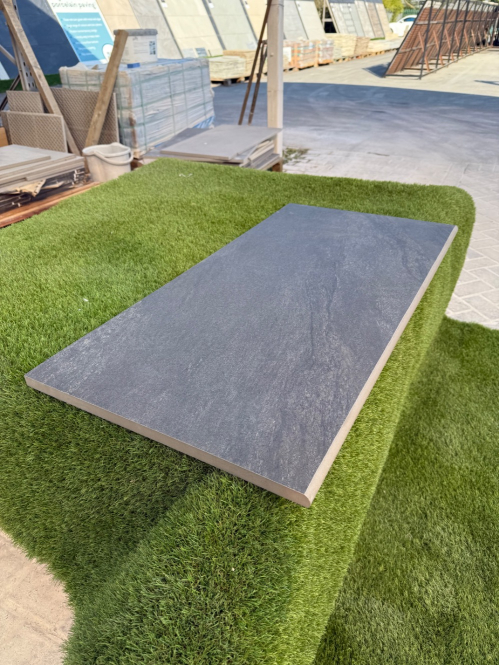Wall Copings and Steps
Wall Coping Stones & Steps
Complete your landscaping project with the perfect finishing touch—premium wall coping stones and steps from Discount Porcelain Superstore. Designed to enhance both the look and durability of your garden walls, our coping stones offer a thicker, denser solution than standard paving slabs. Not only do they add a high-end, professional finish, but they’re also ideal for doubling as casual seating on low walls.
While some customers repurpose paving slabs for wall copings, our dedicated coping stones are built for the job—stronger, more robust, and ready to stand the test of time.
Explore our stunning collection of wall coping and steps at Discount Porcelain Superstore today.
For expert advice, contact our friendly team at sales@discountporcelain.co.uk.
- The Material Porcelain Remove This Item
Walls & Steps: FAQs and Guidance
How thick should wall coping stones be?
The required thickness of wall coping—often referred to as coping depth—depends on the wall’s height, purpose, and the type of material used. Coping stones protect the wall by capping the top and helping to deflect rainwater.
As a general rule, coping stones should range between 50mm to 100mm (2–4 inches) thick. Thicker coping may be used for higher or load-bearing walls, or in cases where the coping also serves as a seating surface.
Can I use sandstone pavers as wall copings?
Absolutely. Sandstone pavers are a strong, attractive choice for wall copings. They provide a durable and weather-resistant top layer for garden and retaining walls. While standard paving slabs can be repurposed as coping, purpose-made coping stones are typically denser and thicker for better protection and longevity.
Indian Sandstone vs. Limestone: What’s the Difference?
1. Composition & Origin
-
Indian Sandstone is a sedimentary rock formed from compacted sand grains, primarily quartz and feldspar, and quarried across regions in India.
-
Limestone is also a sedimentary stone but is made mostly from calcium carbonate, often formed from marine fossils and shells.
2. Appearance
-
Indian Sandstone comes in earthy tones like buff, grey, brown, green, and red, often with rich natural veining. It is available in finishes like riven (natural split), sawn, or smooth.
-
Limestone tends to have softer, more uniform colours—such as beige, blue, or charcoal—and may feature subtle fossil markings. Its finishes include honed, tumbled, or naturally cleft.
3. Porosity
-
Indian Sandstone is naturally porous and benefits from sealing to resist moisture and staining.
-
Limestone can be equally porous, though this varies by variety. Sealing is also recommended for long-term durability.
4. Durability & Maintenance
-
Both stones are suitable for outdoor use.
-
Sandstone is durable and slip-resistant, ideal for patios, steps, and pathways.
-
Limestone offers a smoother look and feel, but may require more maintenance depending on finish and usage.
5. Best Uses
-
Indian Sandstone is widely used for patios, paths, steps, and wall copings due to its wide colour range and traditional look.
-
Limestone is preferred for contemporary landscapes or where a cleaner, more consistent finish is desired.
For help choosing the right coping or paving stone for your project, get in touch with the Discount Porcelain Superstore team at sales@discountporcelain.co.uk — we're here to help you finish your garden or landscaping project with confidence.

